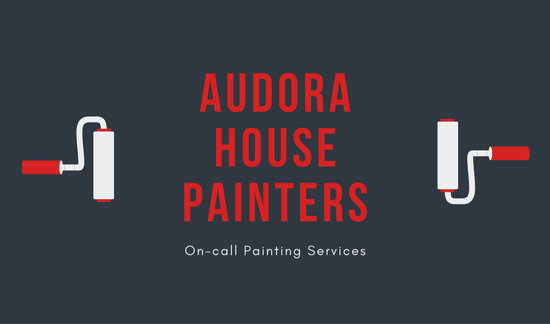Explore The Effect Of Seasonal Components On The Efficiency Of Commercial External Paint And Determine The Optimum Times To Achieve Long-Lasting Outcomes For Your Task
Explore The Effect Of Seasonal Components On The Efficiency Of Commercial External Paint And Determine The Optimum Times To Achieve Long-Lasting Outcomes For Your Task
Blog Article
Created By-McLamb Urquhart
When you're planning a business outside painting task, seasonal variables can make or break your outcomes. painting retail 'll want to consider how temperature level and moisture influence paint application and drying times. Picking the ideal period can ensure your paint sticks appropriately and lasts longer. Yet which periods are absolutely the very best for this kind of job? Let's explore the crucial elements that can affect your job's success.
The Effect of Temperature on Paint Application
When you're planning a commercial external paint task, the temperature can substantially impact how well the paint adheres and dries out.
Ideally, you want to paint when temperature levels range in between 50 ° F and 85 ° F. If it's too cold, the paint might not treat properly, bring about concerns like peeling off or breaking.
On the other hand, if it's too hot, the paint can dry out as well swiftly, preventing proper bond and causing an unequal coating.
You must likewise think about the moment of day; morning or late afternoon supplies cooler temperature levels, which can be much more desirable.
Constantly examine look at here now for the particular paint you're using, as they frequently give guidance on the suitable temperature level array for optimum results.
Moisture and Its Impact on Drying Times
Temperature level isn't the only ecological aspect that affects your business outside paint job; moisture plays a substantial role also. High moisture levels can reduce drying times considerably, influencing the total quality of your paint work.
When the air is filled with dampness, the paint takes longer to treat, which can lead to issues like inadequate adhesion and a greater danger of mildew growth. If you're painting on an especially humid day, be gotten ready for extended delay times in between coats.
It's crucial to monitor regional weather and plan as necessary. Preferably, aim for humidity levels in between 40% and 70% for optimum drying.
Keeping these consider mind guarantees your task remains on track and provides an enduring surface.
Best Seasons for Commercial Exterior Paint Projects
What's the very best season for your industrial outside painting jobs?
Spring and very early autumn are normally your best options. Throughout these periods, temperatures are mild, and humidity degrees are commonly reduced, producing suitable problems for paint application and drying.
Stay clear of summer season's intense heat, which can trigger paint to dry as well promptly, leading to bad attachment and finish. Similarly, winter months's chilly temperature levels can hinder proper drying out and treating, running the risk of the long life of your paint job.
Go for days with temperatures in between 50 ° F and 85 ° F for optimal results. Bear in mind to examine the regional weather prediction for rainfall, as wet conditions can destroy your job.
Preparation around these variables guarantees your paint project runs smoothly and lasts much longer.
Verdict
In conclusion, preparing your industrial external paint projects around seasonal considerations can make a substantial distinction in the result. By scheduling work throughout the optimal temperature levels and humidity degrees, you'll guarantee better adhesion and drying out times. Remember to keep an eye on regional weather forecasts and pick the correct time of year-- spring and early autumn are your best choices. Taking these actions will certainly assist you accomplish a sturdy and expert finish that lasts.
